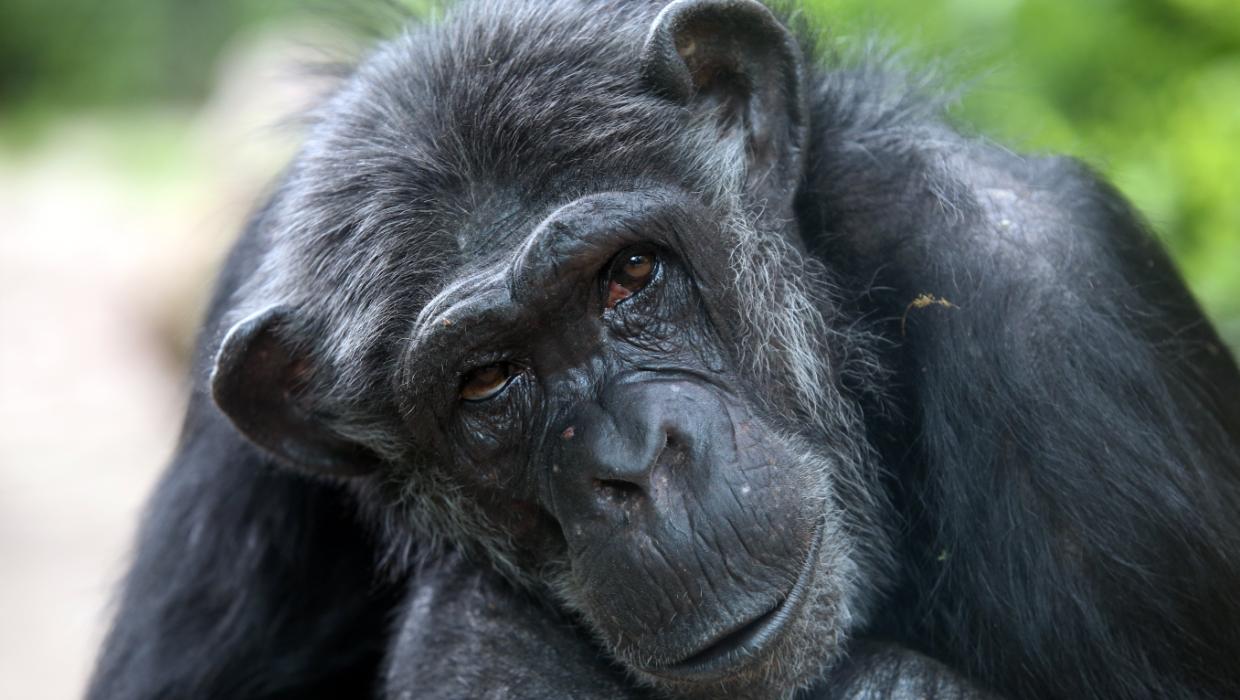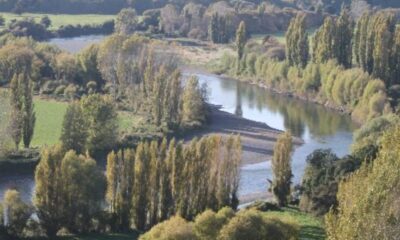Health
Chimpanzees Consume Daily Alcohol Equivalent to Half a Pint of Beer

A recent study published in Science Advances reveals that chimpanzees consume a daily amount of alcohol equivalent to nearly half a pint of beer. Researchers estimate that these primates ingest around 14 grams of ethanol each day, primarily through the consumption of fermented fruit. This finding sheds light on the dietary habits of chimpanzees and their interaction with naturally occurring substances in their environment.
Understanding the alcohol consumption patterns of chimpanzees provides insights into their behavior and social interactions. The study highlights how these animals select and consume fruit that has fermented, which increases its ethanol content. This behavior, while not entirely unusual in the animal kingdom, raises fascinating questions about the cognitive and social implications of alcohol use among non-human primates.
Research Methodology and Findings
The research team, led by scientists from the University of Michigan, studied chimpanzees in their natural habitats for a comprehensive understanding of their dietary choices. The team focused on various types of fruits that are known to ferment in the wild, noting how different environmental factors contribute to the fermentation process.
Through careful observation, the researchers documented the chimpanzees’ daily intake of fermented fruit. The findings suggest that their consumption of ethanol is not merely incidental; it may play a role in social bonding and community interactions among these primates. The study proposes that the consumption of alcohol could have evolutionary advantages, influencing social dynamics and group cohesion.
In addition to the direct consumption of alcohol, the study also examined the potential effects of ethanol on chimpanzee behavior. Researchers noted instances of increased sociability and playfulness following the ingestion of fermented fruit. This suggests a possible link between alcohol consumption and enhanced social behaviors in chimpanzees, paralleling some aspects of human social interactions.
Implications for Primate Behavior Studies
This research contributes significantly to the understanding of primate behavior and their interactions with natural resources. The findings challenge previous assumptions about the dietary habits of chimpanzees and provide a framework for further studies on the effects of natural alcohol consumption in wildlife.
The implications of this study extend beyond chimpanzees. It opens up avenues for exploring the role of alcohol in the lives of other animals and its impact on social structures. As researchers continue to investigate, the insights gained may help improve conservation efforts and deepen our understanding of primate evolution.
While the study sheds light on chimpanzees’ alcohol consumption, it also serves as a reminder of the complexities of animal behavior and the interplay between diet, social interaction, and environmental factors. The world of chimpanzees continues to reveal intriguing aspects of their lives, further emphasizing the need for ongoing research in primatology.
-

 World3 months ago
World3 months agoTest Your Knowledge: Take the Herald’s Afternoon Quiz Today
-

 Sports3 months ago
Sports3 months agoPM Faces Backlash from Fans During Netball Trophy Ceremony
-

 Lifestyle3 months ago
Lifestyle3 months agoDunedin Designers Win Top Award at Hokonui Fashion Event
-

 Sports3 months ago
Sports3 months agoLiam Lawson Launches New Era for Racing Bulls with Strong Start
-

 Lifestyle3 months ago
Lifestyle3 months agoDisney Fan Reveals Dress Code Tips for Park Visitors
-

 World4 months ago
World4 months agoCoalition Forms to Preserve Māori Wards in Hawke’s Bay
-

 Health3 months ago
Health3 months agoWalking Faster Offers Major Health Benefits for Older Adults
-

 Politics3 months ago
Politics3 months agoScots Rally with Humor and Music to Protest Trump’s Visit
-

 Top Stories4 months ago
Top Stories4 months agoUK and India Finalize Trade Deal to Boost Economic Ties
-

 Entertainment3 months ago
Entertainment3 months agoExperience the Excitement of ‘Chief of War’ in Oʻahu
-

 World4 months ago
World4 months agoHuntly Begins Water Pipe Flushing to Resolve Brown Water Issue
-

 Science4 months ago
Science4 months agoNew Interactive Map Reveals Wairarapa Valley’s Geological Secrets









